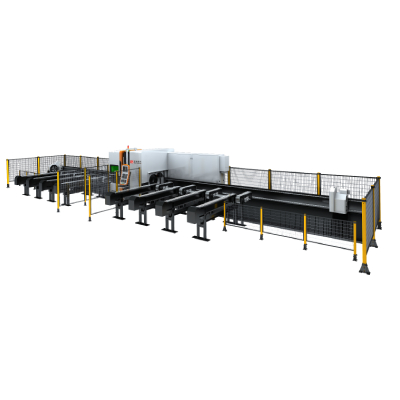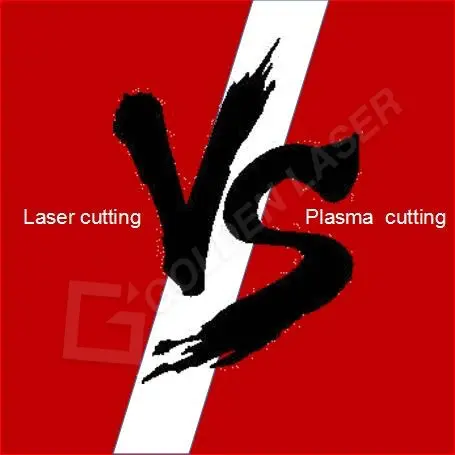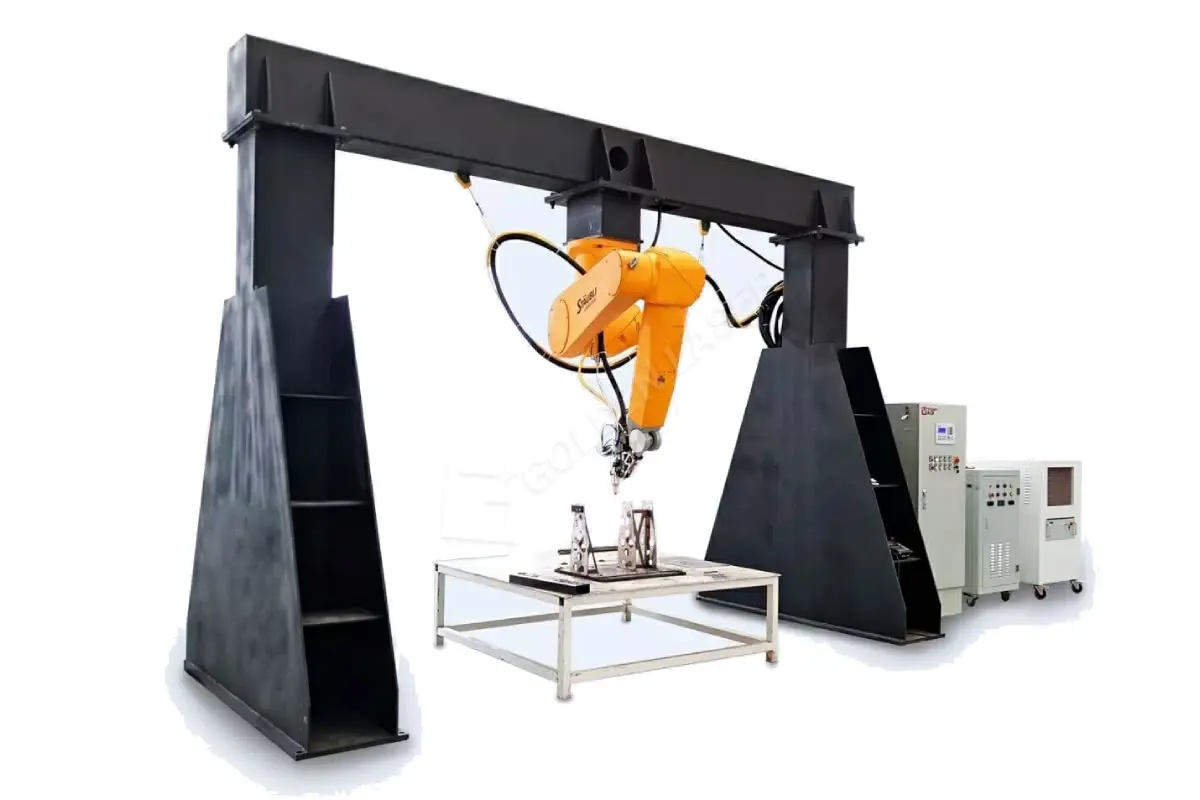In today’s fast-paced manufacturing environment, efficiency and precision are paramount. The introduction of advanced technologies has transformed traditional methods of fabrication, and one of the standout innovations in this arena is the laser cutting machine for steel. This technology not only delivers remarkable accuracy but also enhances productivity, making it a game-changer for various industries including automotive, aerospace, and construction.

The Revolutionary Impact of Laser Cutting Machines for Steel: Unleashing Precision and Efficiency in Modern Fabrication
Laser cutting machines utilize a focused beam of light—created by a laser—to melt, burn, or vaporize material, allowing for intricate designs and precise cuts. When it comes to steel, a material known for its strength and durability, laser cutting offers significant advantages over conventional cutting techniques such as plasma cutting or mechanical saws.
One of the most compelling benefits of using a laser cutting machine for steel is its unmatched precision. Traditional cutting methods can lead to burrs and rough edges, which often require additional finishing processes. Conversely, laser cutting produces smooth edges and intricate designs without the need for extensive reworking. This precision results in cleaner cuts, exceptionally detailed shapes, and tighter tolerances, allowing manufacturers to produce components that fit together perfectly without any additional machining processes.
Moreover, laser cutting machines are remarkably efficient. They can easily handle various thicknesses of steel, from thin sheets to thicker plates, and can be programmed to switch between materials with relative ease. This adaptability allows businesses to streamline their operations by reducing downtime associated with changing tools or machinery for different materials. Additionally, laser cutting is a non-contact method, meaning that there is minimal thermal distortion of the material, which helps maintain the integrity of the steel being cut.
In terms of speed, laser cutting machines for steel excel in comparison to their conventional counterparts. High-speed laser systems can make cuts much more quickly than mechanical cutting processes. This increase in speed translates directly into higher productivity rates, which can help businesses keep up with customer demands in a competitive marketplace. As industries increasingly shift towards just-in-time manufacturing, the speed of laser cutting becomes an even more vital factor in staying competitive.
Another advantage of laser cutting is the reduction of waste. Traditional cutting methods often produce excess scrap metal, which not only increases material costs but also raises disposal costs. Laser cutting, however, can create highly precise shapes that minimize wastage, enabling companies to maximize their material usage and contribute to more sustainable manufacturing practices. This reduction in waste is not only beneficial for the bottom line but also aligns with the growing emphasis on environmental responsibility in modern manufacturing.

The Revolutionary Impact of Laser Cutting Machines for Steel: Unleashing Precision and Efficiency in Modern Fabrication
As industries adopt innovative practices, the ability to create custom designs is crucial. Laser cutting machines allow for a high degree of customization. Whether it’s creating unique shapes for decorative applications or intricate components for machinery, the design possibilities are virtually limitless. Coupled with CAD (Computer-Aided Design) software, manufacturers can experiment and produce complex designs efficiently, meeting unique customer specifications without compromising on quality.

The Revolutionary Impact of Laser Cutting Machines for Steel: Unleashing Precision and Efficiency in Modern Fabrication
Moreover, laser cutting technology continues to advance, with many machines now equipped with features like automation and integration with Industry 4.0 technologies. This allows for real-time monitoring and maintenance, predictive analytics, and greater control over the manufacturing process. Such advancements provide manufacturers with valuable insights and help in maintaining equipment, reducing unexpected downtimes.
In conclusion, the laser cutting machine for steel signifies a monumental shift in manufacturing practices. Its unmatched precision, efficiency, speed, and ability to minimize waste make it an invaluable asset to countless industries. As technology continues to evolve, embracing laser cutting machines will not only enhance operational capabilities but also position businesses to thrive in an increasingly competitive landscape. Whether for large-scale production or bespoke projects, investing in laser cutting technology represents a forward-thinking approach to modern fabrication. Steel Plate Fiber Laser Cutting Machine
